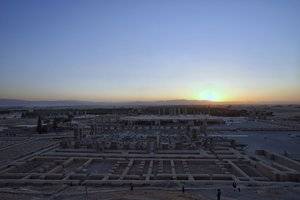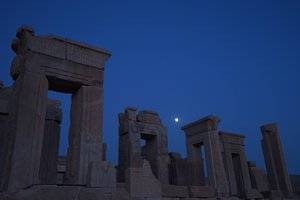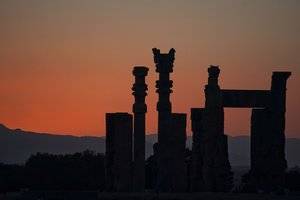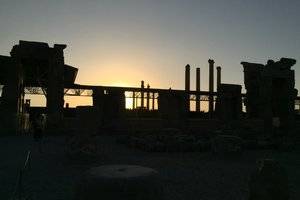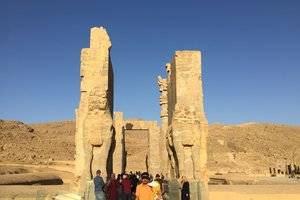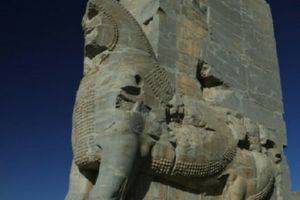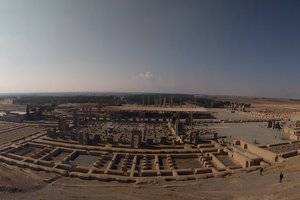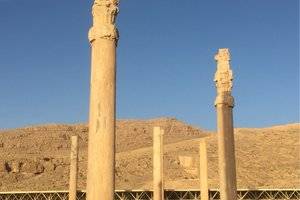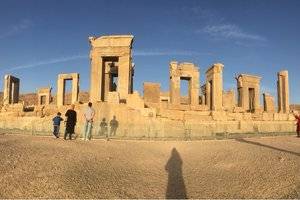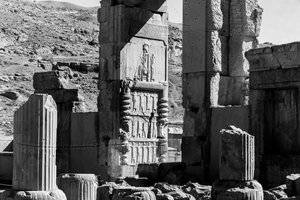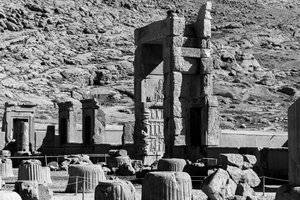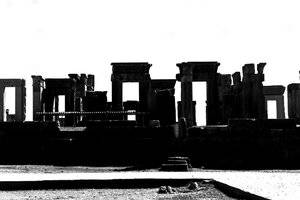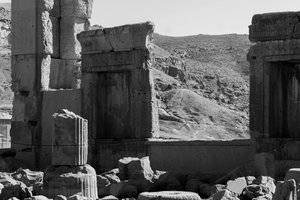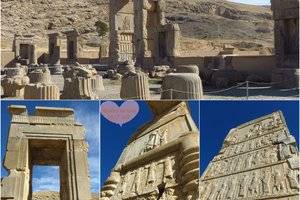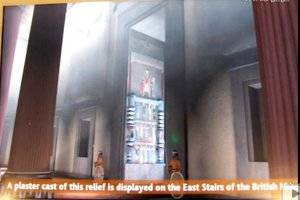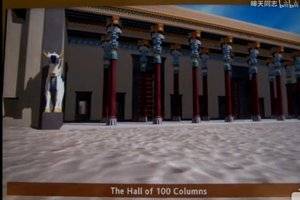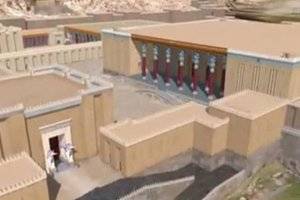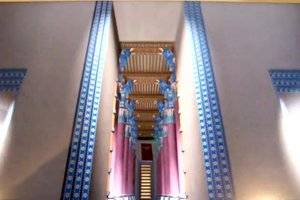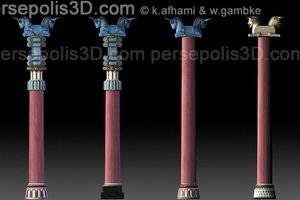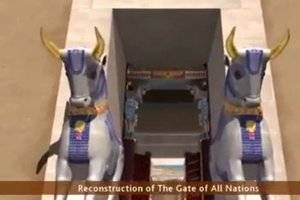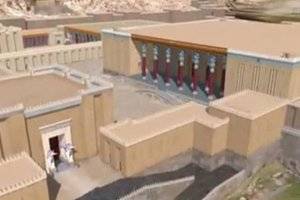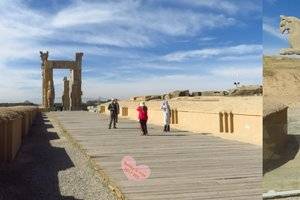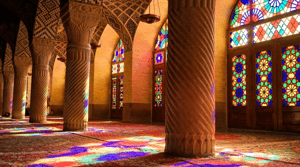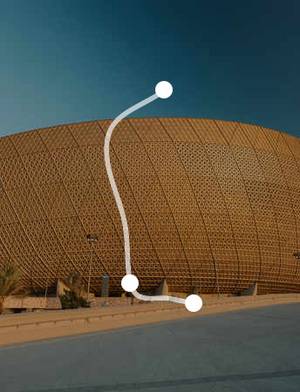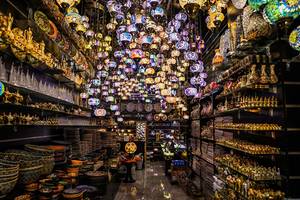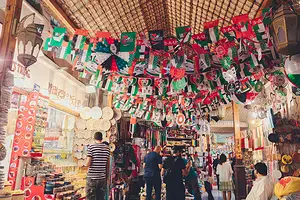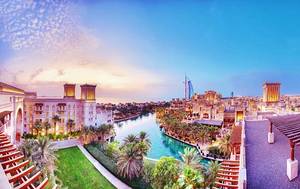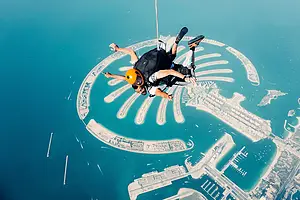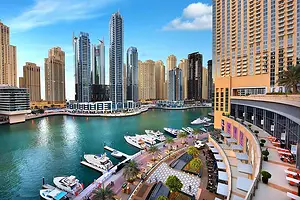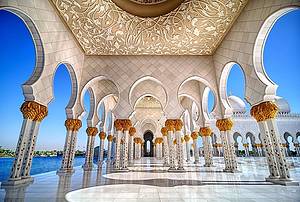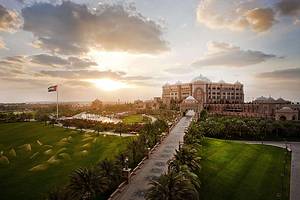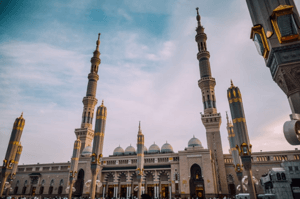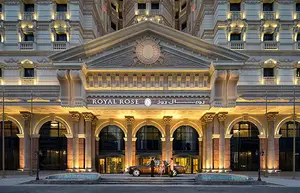Persepolis, Witness the Glory of an Ancient Empire
Located 51 kilometers northeast of Shira city
4.8
Introduction
Persepolis is Iran's most important archaeological site, built in 520 BC. It was the capital of the Achaemenid Empire and took 70 years to construct over three generations. The site of Persepolis is vast and includes important palaces and tombs such as the Gate of All Nations, the Apadana, and the Tachara. The Apadana is famous for its exquisite reliefs on the staircases and stone columns inside the hall, which could accommodate ten thousand foreign delegates. One interesting detail is that female figures are almost absent in the relief sculptures throughout the site, except for a curled-up female figure on one of the wheel axles. Occasionally, mistakes were made by the workers who built Persepolis, such as carving a soldier's right wrist as the left wrist. The hillside forest contains 5,000 trees, which were purchased from foreign countries by the Pahlavi king in 1971 to celebrate the 2,500th anniversary of the founding of the Persian Empire. However, the extravagant ceremony led to significant discontent. Persepolis is now a UNESCO World Heritage site. Address Located 51 kilometers northeast of Shira city
Opening hours "From November to March of the following year, open from 8:00 to 17:00. From April to October, open from 8:00 to 19:00."
Transportation There is no public transportation directly to Persepolis. Visitors can take a Savari or minibus from Karandish Bus Terminal to Marvdasht town (around 11,000 Rials per person) and then take a taxi from there to Persepolis (around 50,000 Rials).
 Time cannot erase the exquisite relief sculpture
Time cannot erase the exquisite relief sculpture